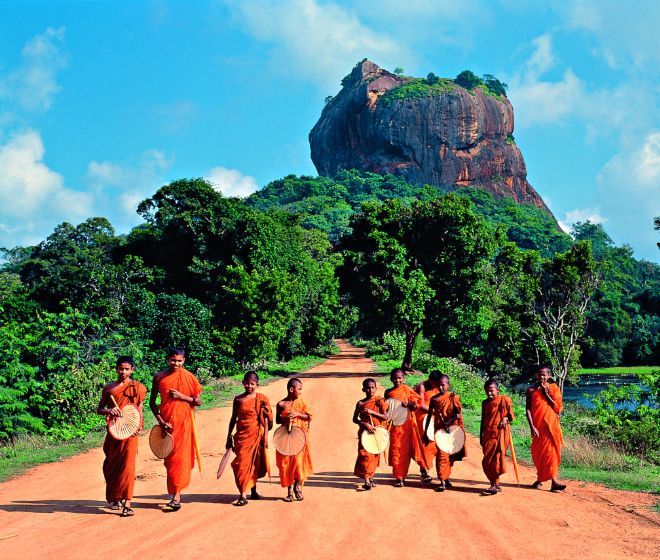
Kelaniya Buddhist Temple Sri Lanka
Kelaniya Temple is a sacred Buddhist temple dating to the time before chronologically recorded history of Sri Lanka. It is believed to be the place where lord Buddha visited Sri Lanka for the third time and the Mahawansa state this visit was due to an invitation from king Maniakkika and lord Buddha arrived in Kelaniya with 500 arhattheros. The initial temple is said to be built on the ground where lord Buddha preached dharma to people in Kelaniya, enshrining the jeweled seat lord Buddha sat on for the preaching (in 543 B.C).

This temple was later said to be renovated by Prince Uttiya, brother of King Devanampiyatissa following the arrival Arahat Mahinda in 307 B.C , which also included the first ever residential quarters of the Buddhist monks (Sanghawasa). The temple was destroyed frequently throughout the history by Dravidian attackers giving rise to the popular saying ‘if Kelaniya falls, the country falls’. Kelaniya temple was completely destroyed by the Portuguese in 1510, reconstructed by King Kirthi Sri Rajasingha in 1967 and the temple existing today was initiated in 1927 and completed in 1946 under the patronage of philanthropist Mrs. Helena Wijewardene.

Kelaniya temple is famous for its Duruthu Maha Perehera procession each January and for the paintings done by the famous local painter, Solias Mendis. The procession takes place on the eve of full moon poya day of each January and is a feast full of whip crackers, torch carriers, flag carriers, caparisoned elephants, dancers, trumpeters, drummers and numerous other participants. The temple also features 2 distinct types of paintings belonging to kandyan era and modern era (done by Solias Mendis from 1927-1946). Lying on the banks of the Kelaniya river, the Kelaniya temple is situated 7 miles from Colombo and can be reached by A1 main motor road running from Colombo to Kandy and railway.




